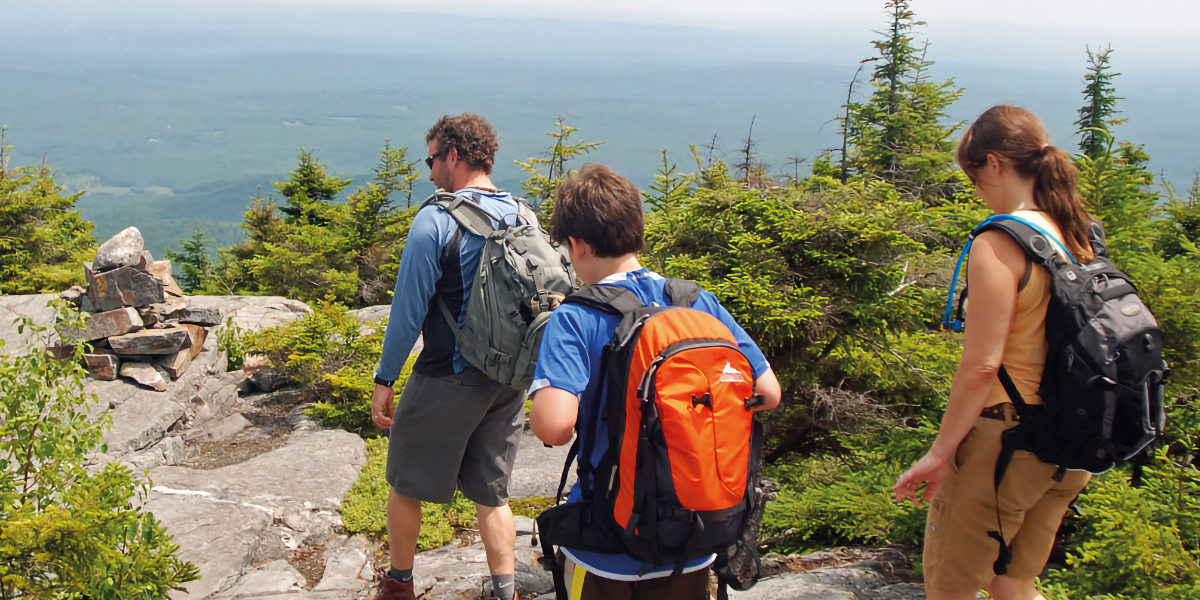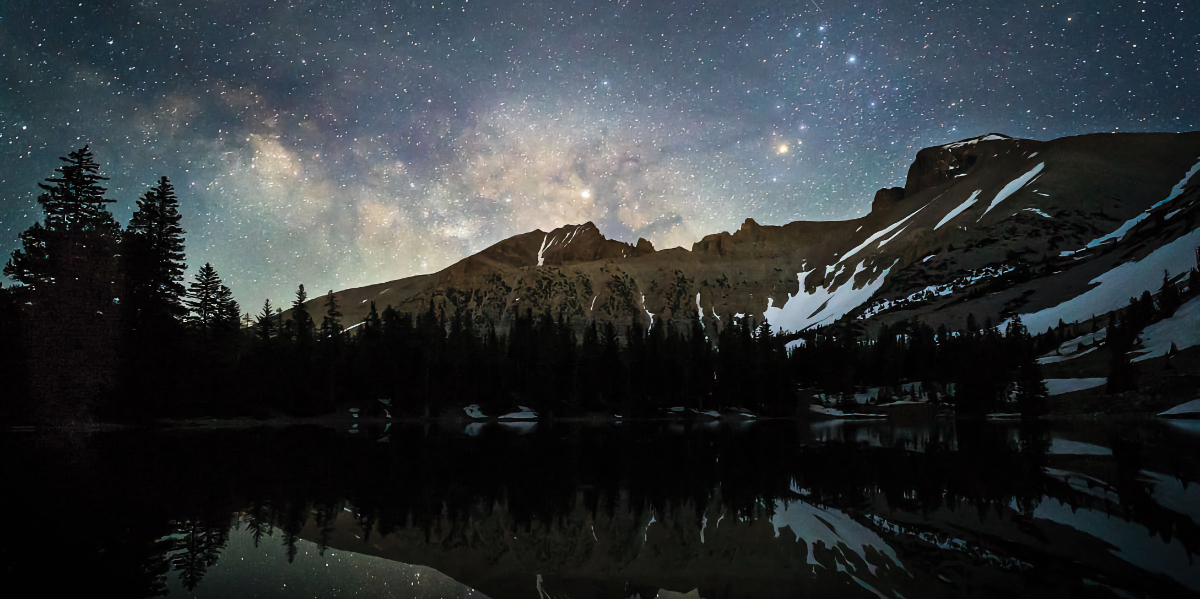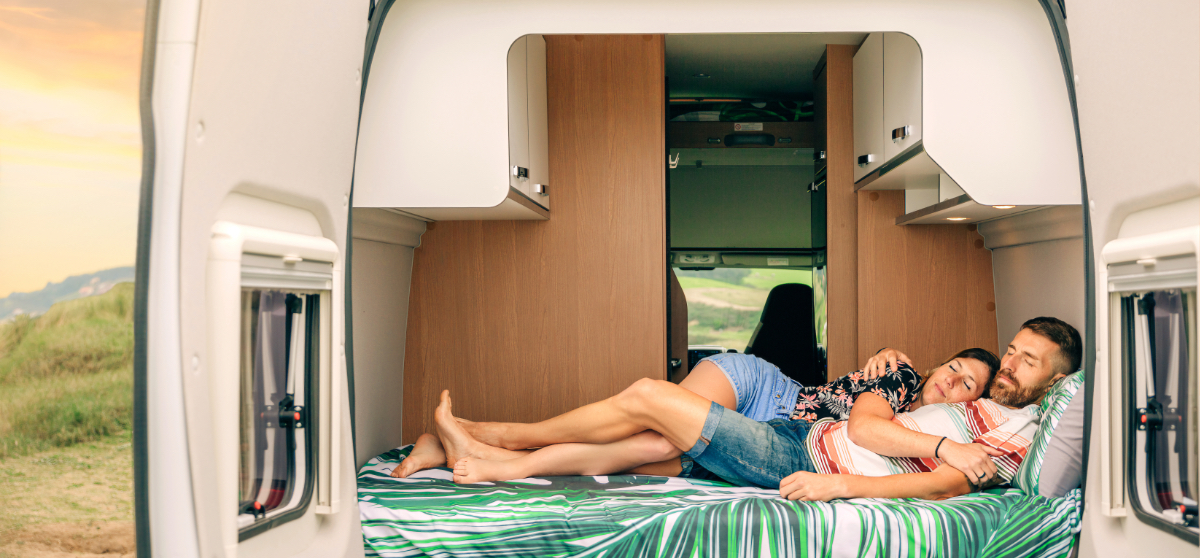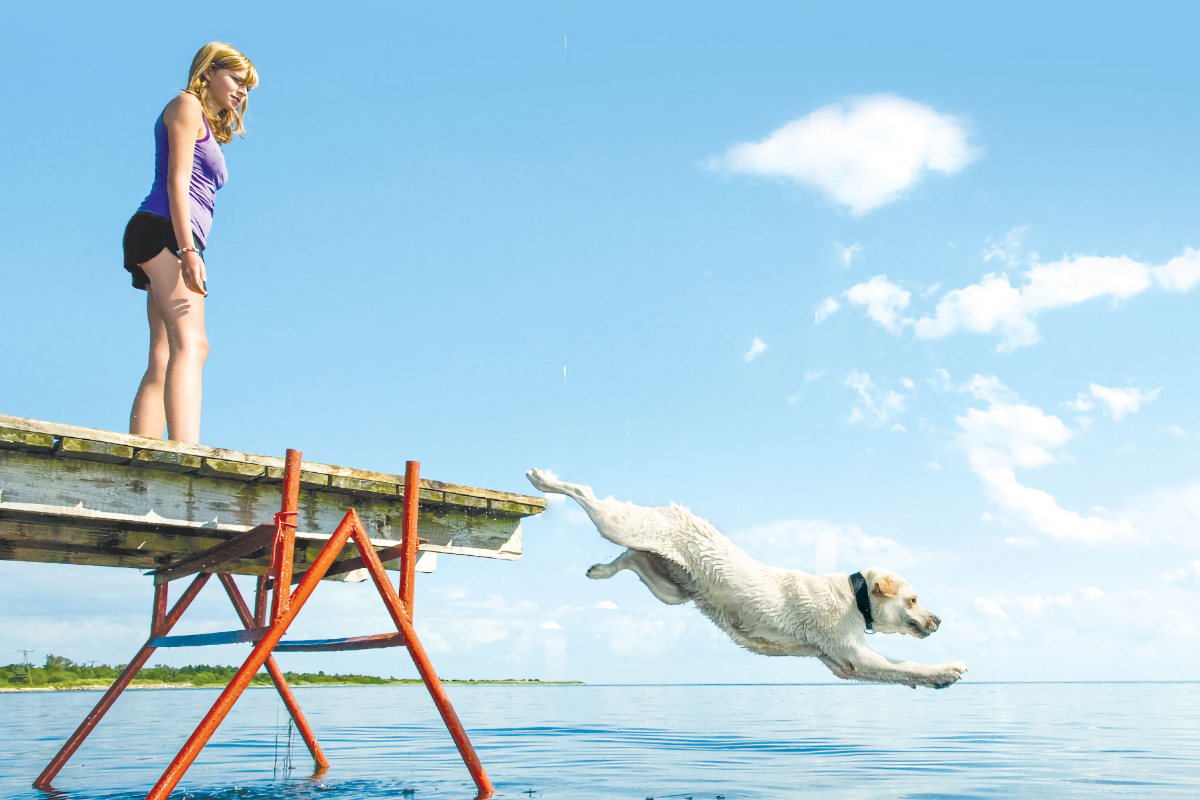Top Tips for Snowbirds
Image Caption:
For the past eight years, my wife, Ruth, and I have been escaping our cold northeastern winters, joining snowbirds heading south in our motorhome. We alternate between Florida and the southeast with Arizona and the Southwest, always looking for great places to stay warm and continue enjoying our active, outdoor lifestyle.
1. Choose Destination(s) to Match Your Lifestyle
Do you like the hot, dry weather of the Southwestern desert, or do you prefer the beaches of Florida or Southern California? Review the activities you want to enjoy while snowbirding, such as hiking, biking, swimming and golfing. Check out local spectator sports, the museums, theaters and concerts. And don’t forget about the shopping possibilities.
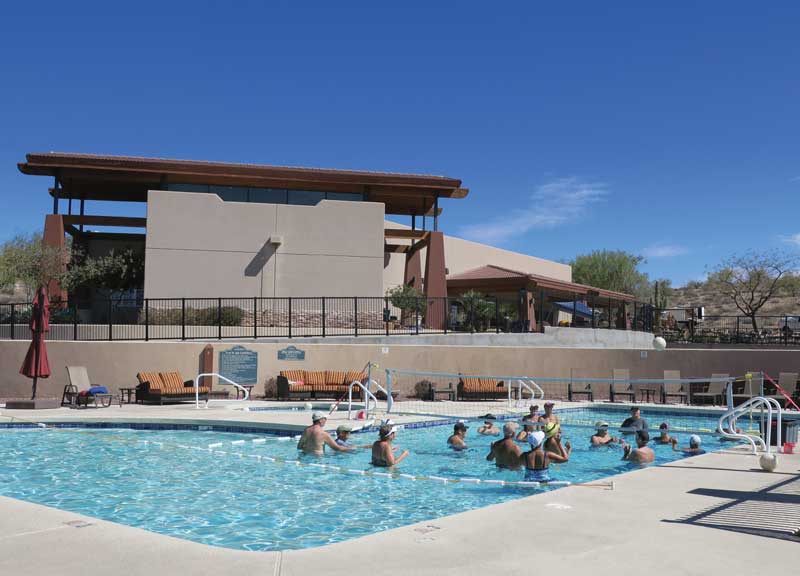
Photo courtesy Mary Zalmanek
2. Planning, Planning, Planning
As the baby boom generation retires and takes to the road, a record number of RVs are being sold and used. Where you could once plan where you’re camping the night before, then arrive to your pick of the many available campsites, this is no longer the case. Many public campgrounds, including some terrific state parks, require reservations for January through March. Typically, it’s 11 months in advance for Florida, 12 months ahead for Arizona and six months prior for all National Parks, National Forest and Bureau of Land Management (BLM) campsites.
Reservations for private campgrounds are also required. There’s more latitude in many of these parks, but again, the more-popular campgrounds are often booked up to a year in advance.
Of course, there is always the option of camping at one of the numerous BLM “free” boondocking sites, but these cannot be reserved in advance and generally have limited – or no – amenities.
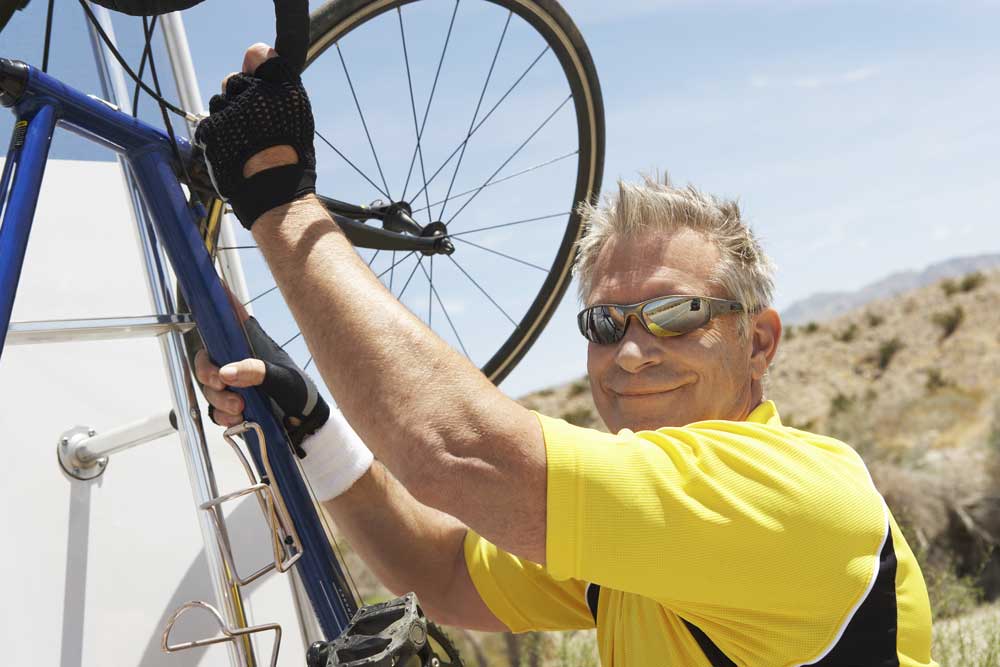
3. On-site Transportation
If you plan to camp in one location for weeks at a time, you’ll need a method of transportation to head into town to purchase groceries and supplies. We’ve occasionally been at campgrounds where resupply is within a walk or a short bike ride.
For the most part, shopping trips will be accomplished using a dinghy vehicle, a rental car or using Uber/Lyft. We have found that renting a car (usually from Enterprise, which has many local sites) is a cost-effective method, with weekly rentals ranging from $150 to $225 per week. Don’t forget to check public transportation. Occasionally, the local bus service will meet your needs. (Explore this option with Google Maps under the bus/public transportation icon.)
4. Hold the Mail
The U.S. Postal Service (USPS) will hold your mail for up to 30 days. For most snowbirds, that isn’t sufficient for the winter season. You can forward your mail to one of your children’s/friend’s homes by temporarily changing your address through the USPS. We came up with an easy solution: Since we have postal delivery to our house (not rural delivery), we were able to add a mail slot in our front door. It’s always fun when we get home, since we almost can’t push the front door open due to mail after months on the road.
The internet has made snowbirding much easier than before. We have converted all our billing statements to allow online access/payments. Occasionally, we arrive home to discover a piece of non-junk mail that we didn’t plan for, but that is the rare exception. One time we got back home to discover we had missed jury duty. Fortunately, our town’s judicial office was very understanding.
5. Healthcare Needs
Based on your needs, know how to access healthcare in your chosen location(s). Be sure to check your insurance for coverage during your travels. This is a simple but not-to-be-forgotten checklist item.
6. Economics
The expense of snowbirding can be the same as staying home, or it can be quite extravagant. Based on your resources and needs, there are many options, from no-cost boondocking to negotiated monthly rates at private campgrounds to short-term stays at private and public campgrounds.
7. Communications and Electronics
When planning your itinerary, determine your needs for telephone and internet service. There are several websites and apps that will help you determine connectivity. The one we use is www.cellreception.com. You can also contact your phone-service carrier for coverage information.
Many smartphones have the capability to turn into a Wi-Fi hotspot to connect other devices (including laptops and tablets), which uses quite a bit of data quickly, so check your mobile phone carrier’s plan.
For television, if you’ve chosen private campgrounds, there should be cable TV with some breadth and quality. Plus, there’s always satellite TV from DISH or DirecTV. Or use the motorhome’s over-the-air antenna and refer to one of the many websites/apps to determine station availability. Our favorite is the TV Towers USA app.
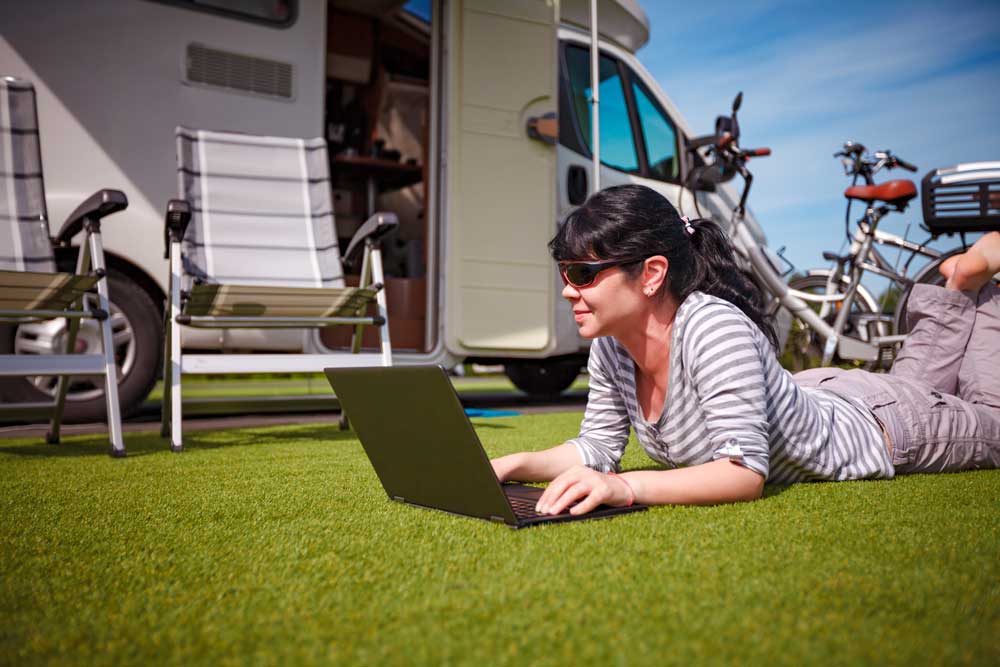
8. Social Connections
Some of the fun of snowbirding is sharing your experiences with friends and family. Be sure to invite loved ones to visit. You know that you’ve picked a great place if they’re all clamoring to join you. If you do have visitors, there’s also the opportunity to resolve local transportation issues using their car.
9. Take a Break
There’s no reason to cancel your preplanned escape from the cold if you have a commitment at home during the snowbird season. If you must leave for a few days, first try to negotiate with your current campground. They can be quite accommodating at times. For absences of a couple of weeks or longer, we suggest a secure RV storage location (U-Haul is a good place to check).
We like to head out in the fall before the weather turns too cold, so we make plans to fly home for the holidays.
We park our motorhome at an RV storage location near a regional airport, grab a ride to the airport and fly home. Our motorhome is waiting for us upon our return. Two of our favorite gateway cities are Tampa, Florida, and Las Vegas, Nevada, both of which offer many flights and convenient storage options.
10. RV Maintenance
Surprisingly, maintenance can be more convenient to complete on the road than at home. In addition to the well-located Camping World locations and other RV service facilities that cluster in many of the snowbird areas, there is usually some mobile maintenance offered in the private campgrounds (and even some public ones). Technicians at these locations can perform maintenance ranging from a simple oil change to a more complex repair. Many of these are also authorized for warranty service, but always check with the manufacturer for preauthorization or approval.

